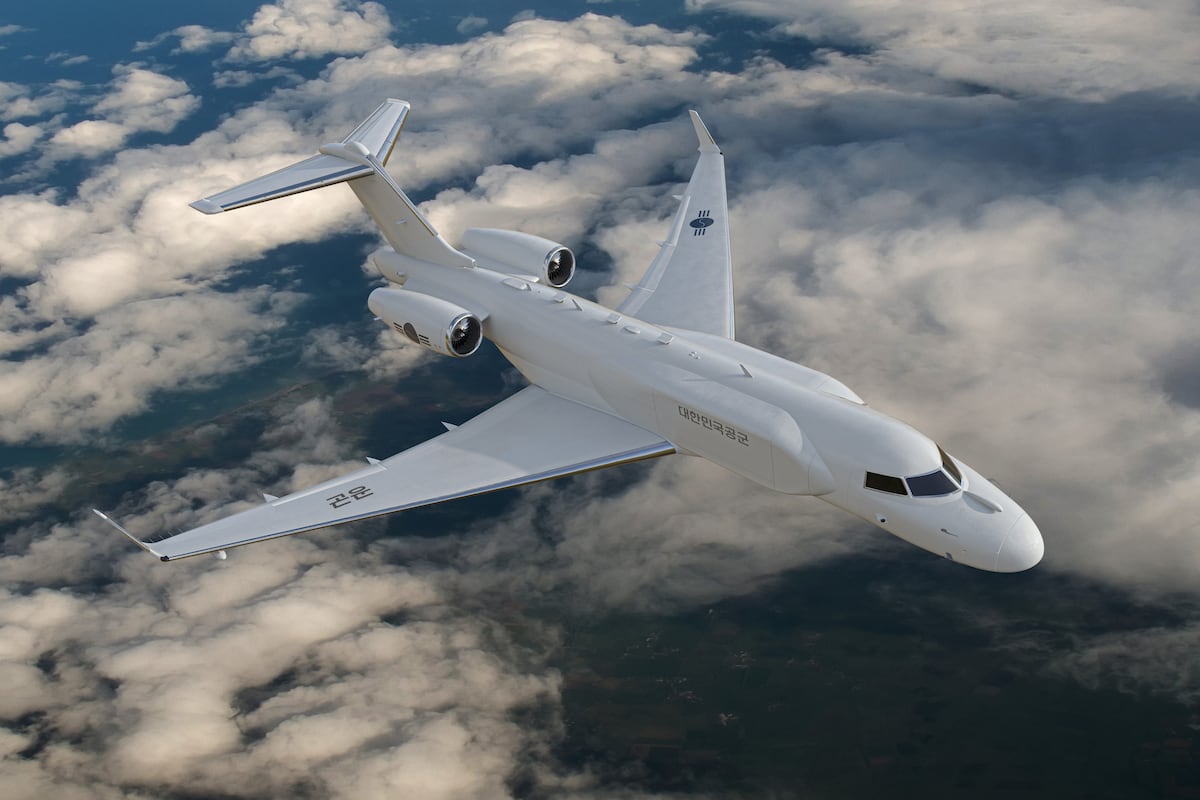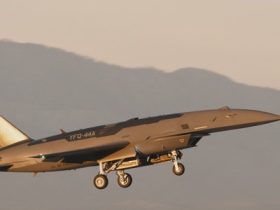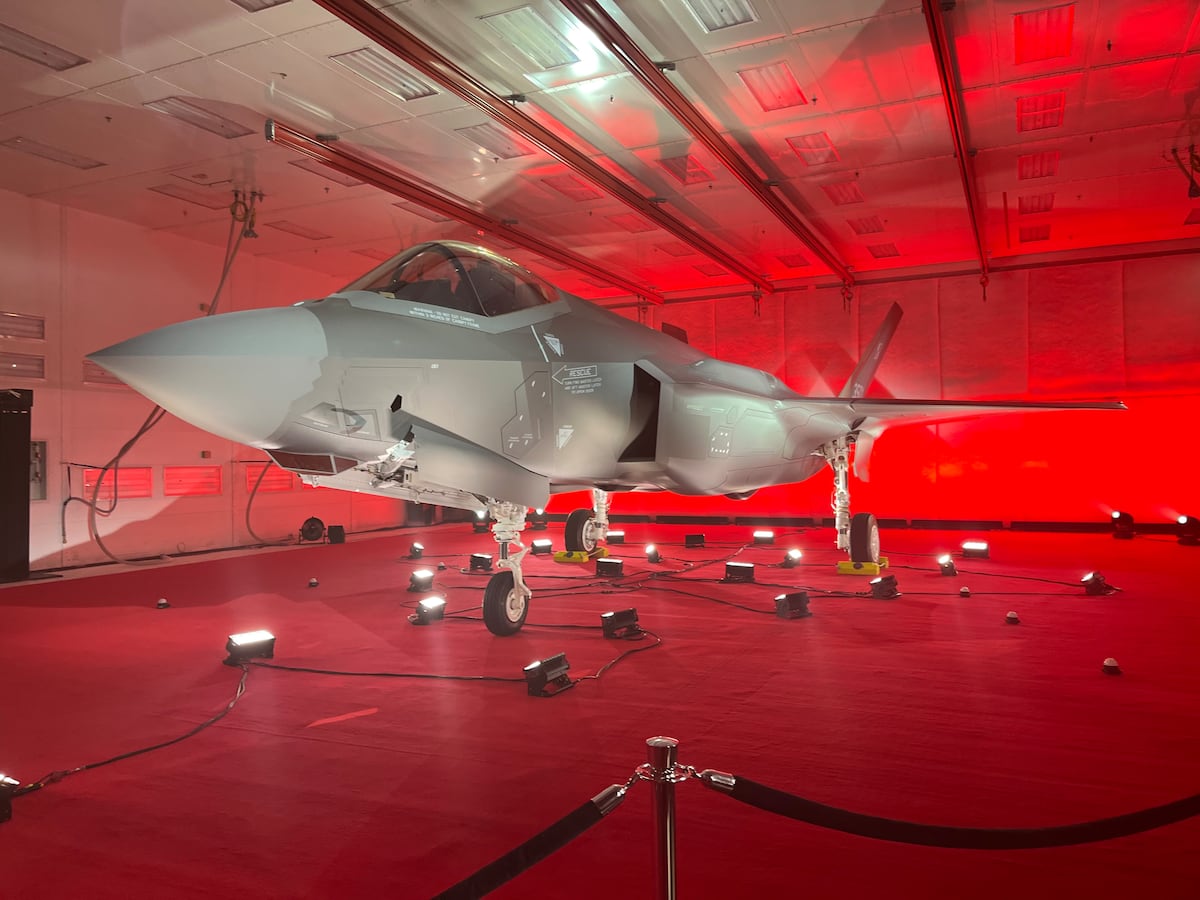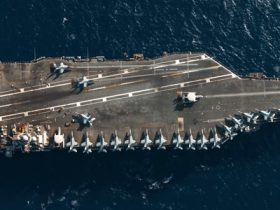CHRISTCHURCH, New Zealand — South Korea’s next-generation airborne early warning and control – or AEW&C – aircraft will be based on Bombardier’s Global 6500 airframe, with L3Harris Technologies acting as lead integrator.
The formal announcement of the selection came on Sep. 30, and an L3Harris Technologies spokesperson subsequently confirmed to Defense News that the Defense Acquisition Program Administration (DAPA) had selected the company’s Phoenix AEW&C platform.
A contract is expected to be signed around November.
“This project is expected to enhance the Republic of Korea Armed Forces’ ability to maintain continuous and comprehensive air surveillance and control capabilities in response to growing aerial threats,” the L3Harris spokesperson said.
A budget of KRW3.1 trillion ($2.2 billion) has been allocated, and the project for the Republic of Korea Air Force (ROKAF) should be completed by 2032.
L3Harris Technologies declined to share details about its Phoenix AEW platform, but a representative told Defense News last year that an initial two aircraft would be modified in Texas before having radars integrated in Israel. The radar in question is Elta’s ELW-2085. Offering 360° coverage, the ELW-2085 has previously been integrated onto Israeli and Italian Gulfstream G550 AEW aircraft.
Korean Air would then lead work on the two remaining aircraft in-country and also perform sustainment.
The company spokesperson said in 2024: “Through L3Harris’ agreements with Korean Air, LIG Nex1 and Ace Antenna, and ongoing discussions with additional Korean partners, the team intends that the aircraft and mission system equipment will be fully supported in Korea.”
The Phoenix beat two other competitors: Boeing’s E-7A and Saab’s GlobalEye. The ROKAF already operates four E-737 Peace Eye AEW aircraft delivered in 2011-12, but it elected not to buy the similar E-7A that the U.S. Air Force itself has snubbed in recent times.
Notably, Saab’s offer was predicated on the same Global 6500 airframe, but using the Swedish company’s Erieye-ER radar. Saab’s local partner was Korea Aerospace Industries.
In the end, L3Harris scored better in terms of operational suitability, operating costs and cooperation with local defense companies, according to DAPA. The company claims it can achieve operational availability rates exceeding 95%.
While Saab’s offer scored better in terms of contract conditions and acquisition costs, DAPA said L3Harris’ aggregate score was the highest overall.
Gordon Arthur is an Asia correspondent for Defense News. After a 20-year stint working in Hong Kong, he now resides in New Zealand. He has attended military exercises and defense exhibitions in about 20 countries around the Asia-Pacific region.
Read the full article here








Leave a Reply